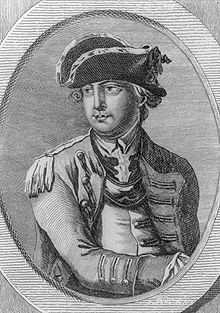
What Is a Gorget?
That above in the photo is a gorget. It is worn over the neck like a necklace. In the 18th century, it was a military symbol of rank worn by commissioned officers.
Gorgets (from the French gorge meaning throat) started off in the Middle Ages as a woman’s fashion piece, usually linen, that wrapped around their neck or was part of a hood. It eventually became a leather or steel collar worn by men to serve as protection for the throat, eventually growing into a full piece of armor itself that would cover the upper portion of the chest as well as the throat.
Gunpowder eventually entered the battlefield and made most armor obsolete. The gorget became more of a decoration for an officer. In this form, it was much smaller than its medieval counterpart. Usually, it hung on a chain or ribbon around the throat. Made with either gold or silver gilt, they served as a badge of rank. Also as an indication that the officer was “on duty”. In the 18th and 19th century most European armies made use of gorgets.
The decorations of the gorgets varied based on the armies. For the British, they were decorated with the royal coat of arms until 1796. The Swedes contained the king’s monogram. Junior officers usually just had them inscribed with their initials.
British and French
British officers wore then until 1830, the French until about 1830. Prussia/Germany kept them until 1914 and brought them back under the Third Reich. the Swedes kept them until 1792 and then replaced them with epaulets. However… they are making a comeback in their original armor form in the US Military as part of the new generation tactical vests.
So that gorget above, kind of pretty all gold and such. That one once belonged to George Washington and was from his days a Virginia Militia officer. The decoration on the piece is the symbol of his Virginia regiment. In fact, it is most likely the very one that he is wearing in this famous painting of the great man.










